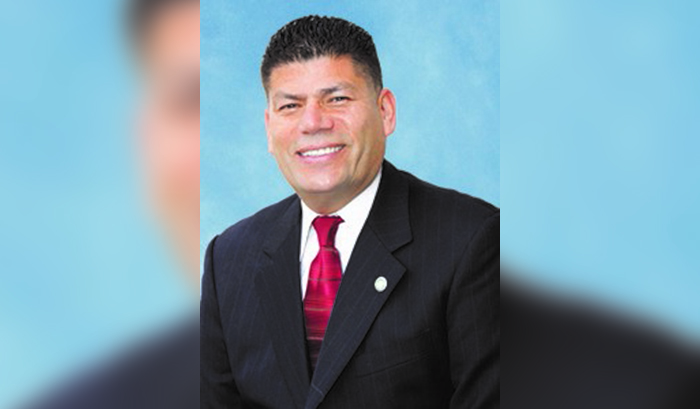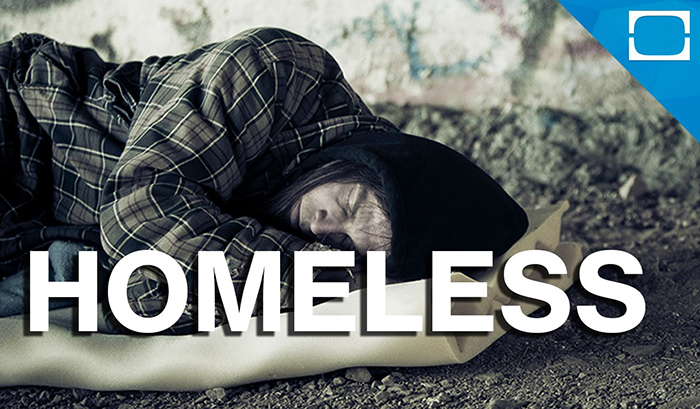Second in a series
[img]2264|right|Dr. Kati Krumpe||no_popup[/img]After describing the new Common Core education system last week as an attempt to elevate the expectation level of students in language arts and mathematics, Dr. Kati Klumpe today explains important distinctions between the present and next September’s introduction.
“Prior to the Common Core, the state determined what each student had to know and be able to do,” said the first-year assistant superintendent for education services for the School District. “And so this brought uniformity across states. That is the biggest difference.”
Question: Who will notice the difference most next year, teachers or students?
“Both,” said Dr. Krumpe. “Teachers already are noticing differences. In kindergarten, first and second grade this year in mathematics, we are rolling them out already.
“In many, but not all, of our upper elementary, middle and high school, we are rolling out the Common Core standards in math.”
What does rolling out mean?
“In my opinion,” Dr. Krumpe said, “the biggest change is not about what kids have to do, whether it’s fractions in third grade or multi-variable equations in seventh grade, it is more about the how. By that I mean, how are kids demonstrating what they need to know.
“In math, in addition to the standards, there is something called the Math Practice Standards, eight of them. They are not content-aligned. They are demonstration-based. For example, one is the statement that comes down to perseverance. Kids have to be taught how to persevere in a math problem. Another is justification. Kids have to be able to explain, and understand, the math they are solving.
“The biggest change is that Common Core goes beyond getting the right answer.”
(To be continued)






